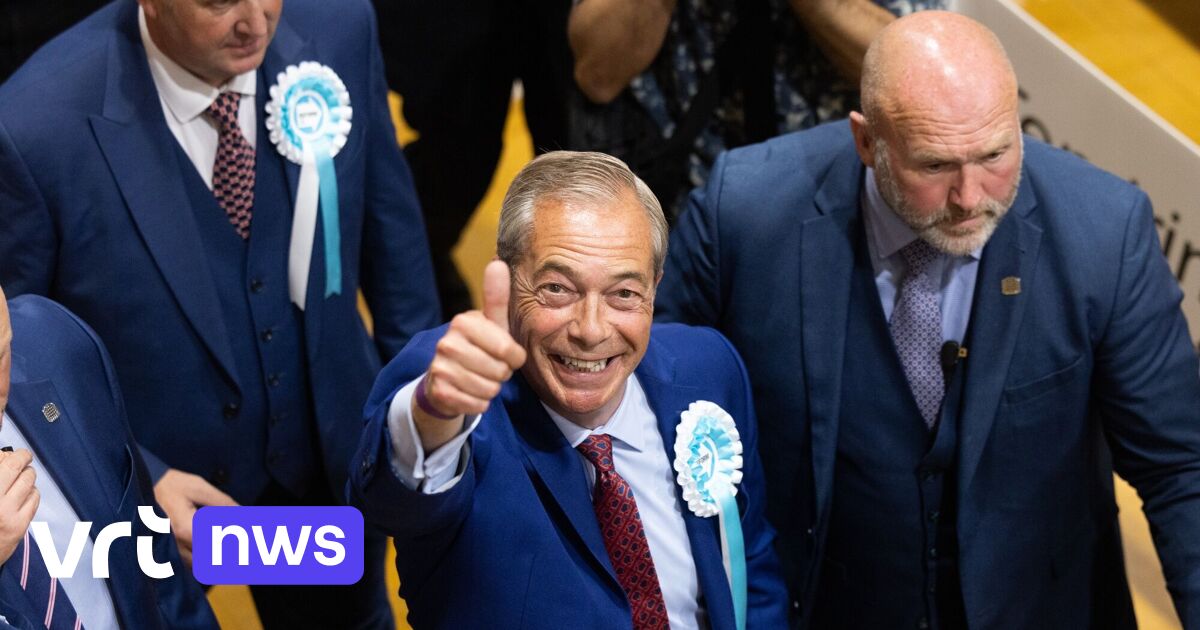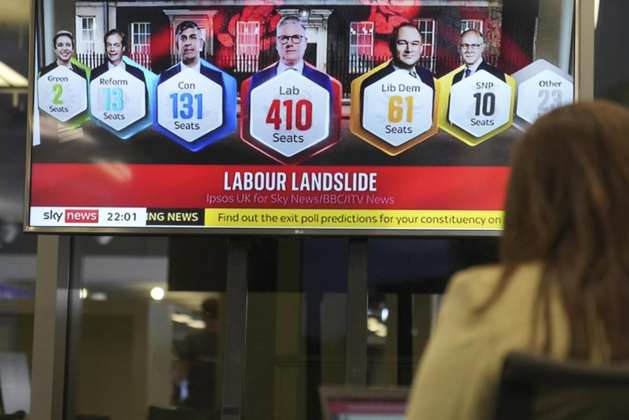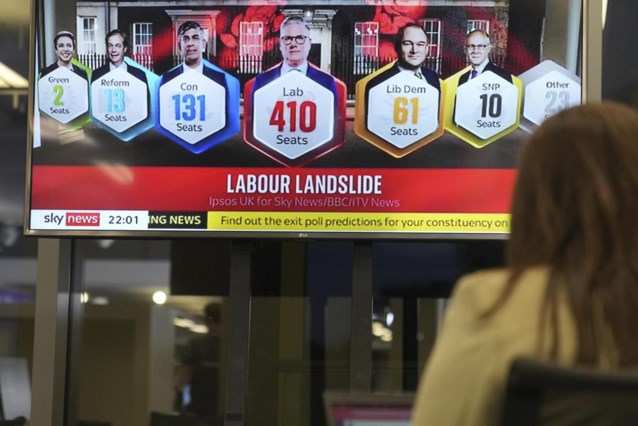I want to talk to you about ‘misguided government’. No, not about the content of the statement (recently used by a columnist in a major newspaper), but about the form. Earlier I discussed the increasing use of hyperbole in our public debates. Therefore we have to take a closer look at the metonymy figure of speech.
Metonymy is a figure of speech in which the designation of something, object or concept, is replaced by a word that is closely related to, or highlights a part of that something. For example, you could say: ‘the mayor is appointed by the Crown’. There are four types of metonymia: pars pro toto (the crown), totum pro pars (‘the Netherlands won the cup’), hypallage (‘warm baker’) and personification (‘the sun smiles on us’).
That’s all well and good. Metonymy is a fine figure of speech that brings our prose to life, meant to stimulate the imagination and one I have nothing against. Yet metonymy in contemporary political and public language has become a risk: it is, after all, a simplification and shortening of reality. Also, in today’s polarized public debate, metonymy isn’t used as a playful ornament to cheer things up a bit. No, it is a semantic vehicle for mobilizing strong positive and negative emotions around a sensitive political issue.
Perpetrators and victims
Think of a sentence like ‘Rutte snatches the common man’: Rutte is personally depicted here as the perpetrator (after all, he ‘takes’ just anyone) and the common man is the victim. Or the sentence above where ‘misguided government’ is contrasted with ‘a once-cool country that yearns for well-being’ (a clever combination of hypallage and personification). In these examples, all emotional and linguistic restraints are relaxed, but apart from innuendo and innuendo, nothing is factually substantiated and there is little light.
Aleksandra Salamurovic checked in 2020 how metonymia is used to reinforce a country’s national or political identity. After all, a nation is “the mobilized army of metaphors, personifications and metonymy,” which, if used long enough by a group of people, acquires a canonical and binding meaning for that group. But if you apply this in a very positive or a very negative sense, there is always an oversimplification, which exacerbates rather than solves existing problems and political polarization.
Cameron Mozafari (2016) and Sarah Ahmad (2004) argue that it is bad metonymy that makes people see their political opponents as enemies. Whether it concerns racial discussions, gender debates or migration files, with metonyms others are seen as criminals, vermin or even monsters.
Political metonymy no longer illuminates, they literalize and flatten. Now in public debate, especially in the social field, there is always a tendency to take things literally, personally and very individually. The instrumental argument (what’s in it for me, the monarchy) quickly becomes transactional: what’s in it for me? This rhetorical question, of course, has a negative answer, which is quickly translated into simple metonymy: this is a ‘cult party’, so ‘the Netherlands #wears black’. Or worse, they pave the way for conspiracies and threats (“The Bilderberg-Orange-WEF-Rutte Cartel must be crushed”).
Should columnists be given a metonymy ration? No, because it can also be done differently. The last few days I was in Great Britain where they were also preparing for King’s Day. Here, too, hyperbole and metonymy swirl around your ears, and of course the British are skilled at presenting the theater of the absurd – and with their ‘royal puns’ they are more original than their Dutch counterparts.
However, the most beautiful metaphors and metonyms are suggested by the Crown itself. And through the ancient theater that was the coronation ceremony itself (see the explosion on Twitter after the Royal House announced that Lord Peach was made bearer of the Sword of Mercy).
An ancient and deep-rooted vision
But the most beautiful metonymia is image on coronation invitation, designed by heraldic artist Andrew Jamieson, in consultation with King Charles himself. In addition to the standard emblems of kings and queens, the invitations are filled with flora and fauna. Especially striking is the grinning Green Man at the bottom of the image. The Green Man, depicted as a male head (satyr) with leaves, was used by the Celts and Romans and is considered a mythological representation of earth energy. But he also appears as Christ’s head with a crown of thorns, and is depicted in reliefs in many churches, in Holland too.
What did Charles mean by this, the British wondered. Is he himself a Green Man, and has he appointed himself King of the Green Environment? Or is it meant to connect, to present believers and non-believers with an ancient, deep-rooted vision of a better green future?
Viewed in this way, King Charles truly understood metonymia. Not everything has to be weighed instrumentally and transactionally. Metonymias may also designate on the alienating, the sacred, the ritual that we never catch, but with a twinkle of a green human eye creates room for imagination.
Beatrice de Graaf is a professor of history of international relations in Utrecht.

“Hipster-friendly creator. Music guru. Proud student. Bacon buff. Avid web lover. Social media specialist. Gamer.”

:format(jpeg):fill(f8f8f8,true)/s3/static.nrc.nl/bvhw/wp-content/blogs.dir/114/files/2019/01/graaf-beatrice-de-online-artikel.png)





